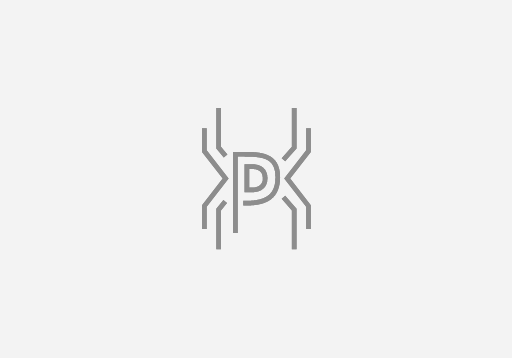Setting Your Author Site’s Foundation During Its Infancy
Last week I wrote a post about the three phases of an author website: infancy, adolescence, and maturity. I’m excited to explore infant sites a little deeper today because my own site, kojiadae.ink is very much in its infancy.
Recap: What Is An Infant Author Site?
If you missed last week’s post, you can find it here. It included a list of signs that your site is in its infancy. Some of these included being new, promoting five or fewer books, little financial investment, and inconsistent or basic branding.
Basically, if you are a new author or an experienced author with a new website, you will have to go through an infancy period.
Benefits of Infancy
The infancy period can be short or drawn out. Many authors never get out of the infant stage. They keep a basic blog or business card website without fully exploring the possibilities a website can add to an author’s career. Other authors attempt to skip the infant period all together by hiring a professional designer and jumping into the deep end with giveaways, event scheduling, and Easter eggs hidden in their site.
But just like with humans, infancy is an important stage of development. It is a bad idea to skip it, because you will miss out on its benefits. At the same time, you can’t remain in infancy forever if you want to see the rewards of your efforts.
What are some of the benefits of infancy? Take a look at these:
- Infants aren’t judged. People tend to be more forgiving of cute little babies. The same is true for your infant site. You can use the infant period of your career, when people are less critical to make your initial mistakes. Before you have a mass following is the perfect time to explore your options and learn what kind of tools are available to you.
- Infant sites have less information. When you only have one book to market and a few blog posts to format, you can play with the design and function of your site without worrying about making changes on every piece of information you have uploaded. As your collection of information grows, it will be more difficult and time consuming to make sweeping, site-wide changes.
- Infant sites are low-risk. Because you have not invested a lot of time or money in your site yet, you can feel free to try new things. You can complete scrap your site and start over if you want, or change your theme or plugins (if you’re working with WordPress).
You may notice a recurring theme in these benefits. They all circle back to the idea that your site’s infancy is the perfect time to try new things, learn, and explore. It’s important to take your time when your site is new and your following is small so you are ready when your site takes off.
Getting The Most Out Of Infancy
To make the most of your site’s infancy, you should not be afraid to try new things. I remember the first time I built a WordPress site. I was afraid to change the theme. I had worked so hard getting everything set up that I didn’t want to change anything! But websites are ephemeral concepts. They grow and change to fit the needs of their owners and the end users. By playing around with your site during a low-risk period, you will get comfortable making changes, and you will learn what tools work best for your brand.
To get the most out of your site’s infancy, try these things:
- Play with your site. Just like a human baby learns and develops through play, a website will reach its full potential if you play freely with it. Try new things. Try different plugins. Try different themes. Heck, even try your hand at learning basic css to fully customize your site. Don’t be afraid to make mistakes.
- Consult with a professional. During the infancy stage you do not necessarily have to pay to have your site fully developed by a professional. But you should consider the advice of industry leaders. If you aren’t ready for a consultation, follow some web development blogs or at least consult with other authors about what has and hasn’t worked on their sites.
- Focus on your brand. Before you get too specific with your site, nail down your author brand. Now is the time to choose your color palette and figure out your logo. A strong brand will lead your site in the right direction.
- Develop a content plan. The content of your site is just as important as the appearance of your site. In fact, you can get away with a minimalist design if you have targeted, useful content. During your site’s infancy you should lay out a plan for what kind of content you are going to include on your site and what your update schedule will be.
Basically, with your infant site, you should play and experiment and gather as much knowledge as possible. Before you know it, your site will morph into an unruly teenager. Come back next week to learn what to do with it then!
If you missed them, check out the other posts in this series:
Related





